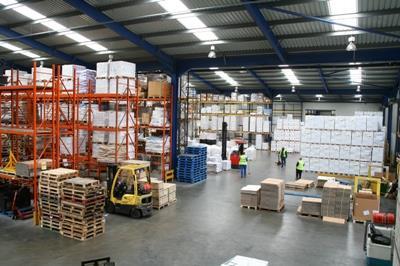
Whether they have been forced to consider second-hand space because of a lack of new buildings or prefer it for cost reasons, occupiers have become used to a wide choice of warehouses. Now, however, they are facing a reduced supply.
Overall, the amount of second-hand space available in units above 100,000ft² fell by 4% in 2012, according to CBRE’s UK Occupier Market Overview. This is lower than the 29% reduction in new space in that size band but the second-hand figure includes large amounts of poor-quality older buildings as well as more modern stock.
Savills partner Richard Sullivan said that when good buildings become available, perhaps due to bankruptcies or downsizing, they are snapped up. “In 2007/08 we would have expected larger buildings to take an average of three to four years to re-let. In 2012/13, we are expecting to achieve lettings in less than 12 months,” he said.
There have already been detailed negotiations about the former 380,000ft² Comet warehouse in Harlow, known as DC380, which came to the market in January.
Home and garden retailer The Range signed up for a 750,000ft² building in Doncaster formerly occupied by MFI in October, while a 152,000ft² former 99p Stores warehouse in Daventry was let to tyre firm Hankook.
Burbage Realty director John Burbage said: “If landlords have a decent, modern unit that is fitted out, it is attractive to tenants looking for rapid occupation. There are few facilities available and they are going quickly.”
This is putting pressure on rents, according to DTZ, which predicts there will be average rental increases of 1.3% a year until 2017 for new and second-hand grade A buildings larger than 50,000ft².
Director Simon Lloyd said: “There is a two-tier market emerging with reduced incentives and rental increases for better-quality space but with generous rent-free periods and low rents for poor-quality buildings.”














